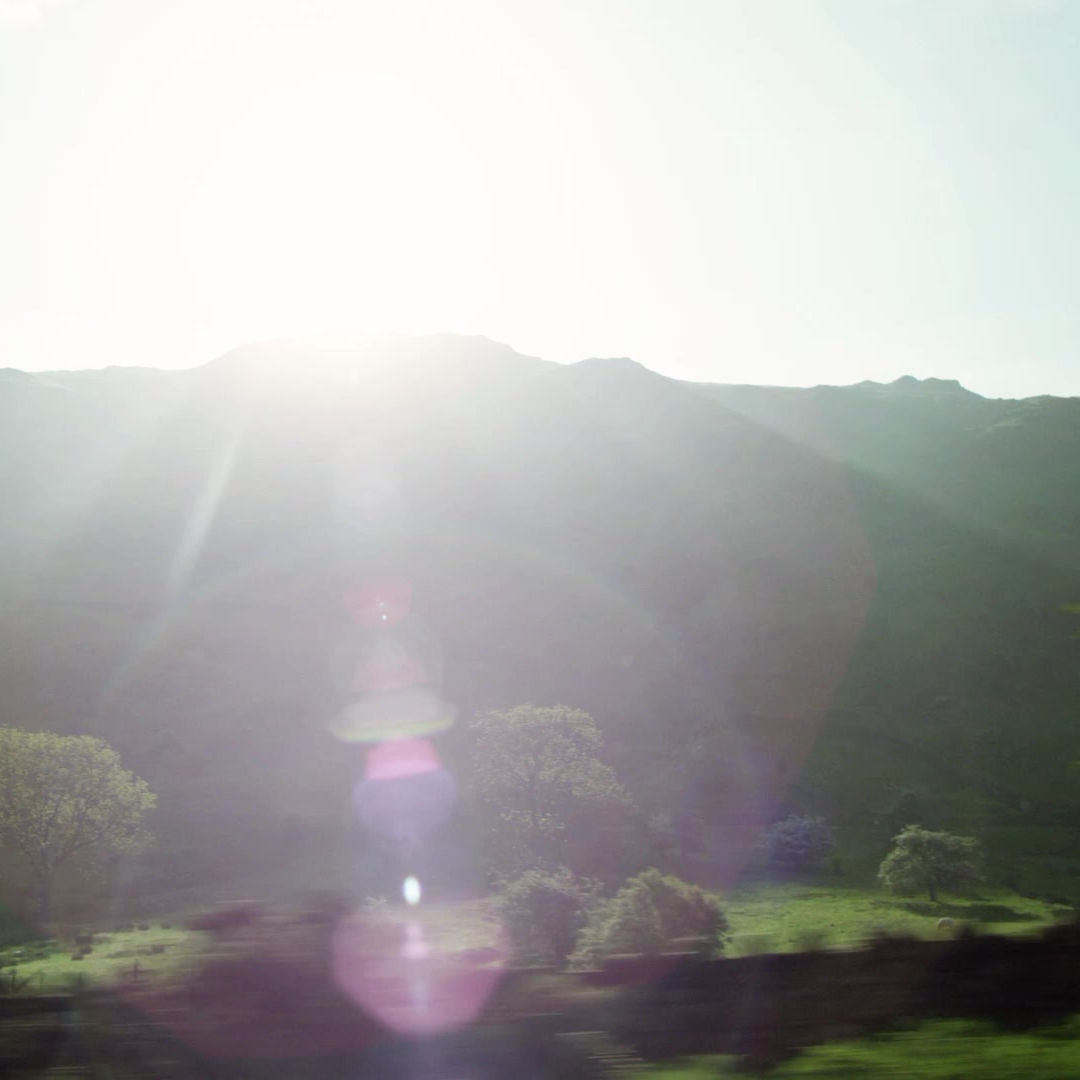Advocating for Trails
- Paul Molenberg
- Apr 3, 2018
- 3 min read
Updated: Apr 5, 2018
Without trails to ride on, it wouldn't be possible to mountain bike. We rely on networks of maintained trails to enjoy our sport. But all too often, there are forces that are working against our access to these trails, a condition that’s more prevalent in some areas than others. When (for no apparent reason) bikes are denied access to trails that are perfectly suitable for riding, it can be disappointing, frustrating, and maddening.
This is a serious issue. Whether you’re riding on government land or private land, somebody in charge is managing the property and making the decisions on whether you can ride there or not. There’s a variety of reasons that land managers attempt to use for banning bikes from trails. These are commonly based on misconceptions of damage or dangers that mountain bikers purportedly create. Often times, influential outside groups such as The Sierra Club, The Wilderness Society, or The Backcountry Horsemen lobby to keep bikes off of trails, but their arguments typically don’t match the facts.
How to Advocate
The best method for advocating is by uniting together and speaking with a collective voice. When our community unites, we have much more power and a much better chance of achieving our goals. We also need to build partnerships and alliances with land managers so that we can come up with reasonable solutions and agreements for trail access issues. We need to coordinate with these land managers on the best ways to maintain the trails and occasionally volunteer to do a little trail clean-up and improvement work.

Luckily, we do have an organization that is doing just that. It’s called the International Mountain Bicycling Association (IMBA) https://www.imba.com/, which is the largest and most effective advocating group we have. If you’re interested in participating with advocacy and trail maintenance on some level, this is the best organization to get involved with. Contact them and find out where there’s a local chapter or an affiliated organization near you.
Wilderness Areas
In the United States, Congress passed the Wilderness Act of 1964 to protect vast areas of land from the incursion of commercial interests. These lands were labeled “Wilderness Areas” and became protected from the destruction forces of the expansion of civilization. They were secured as places of natural beauty that humans could visit and enjoy.
Although mountain biking did not exist at that time, bicycles were not specifically banned from wilderness areas. But as the boom of mountain biking began in the early 1980’s, the Sierra Club and the Wilderness Society pressured the U.S. Forestry Service to reevaluate the intent of the Wilderness Act. Their goal was to have bicycles banned from wilderness areas. They were successful. In 1984 the Forestry Service reinterpreted the Act to include a ban on bicycling. Designated wilderness areas now stand at 109 million acres divided over 762 individual areas. Ouch.
This was a big blow to mountain bike trail access, but at the time our community was still in its infancy and didn’t have an organized advocacy group. Times have changed and besides the IMBA, there’s now an organization called the Sustainable Trails Coalition http://www.sustainabletrailscoalition.org/#home. The STC is working to legislatively remove the blanket ban of mountain biking in wilderness areas. The idea is to put the decision making back to the land managers to determine which trails are appropriate to ride on and which ones aren’t.

We’re not talking about hordes of bikers invading these vast lands. Nor are we talking about bikers entering these areas to have races and build jumps and berms and make it a playground. We respect this land as much as any conservation-minded person. Some of us just want to visit these places of natural beauty the way we enjoy doing it…by quietly rolling through it. To all mountain bikers: Let’s show some solidarity. Please give the STC your support.

Comentários